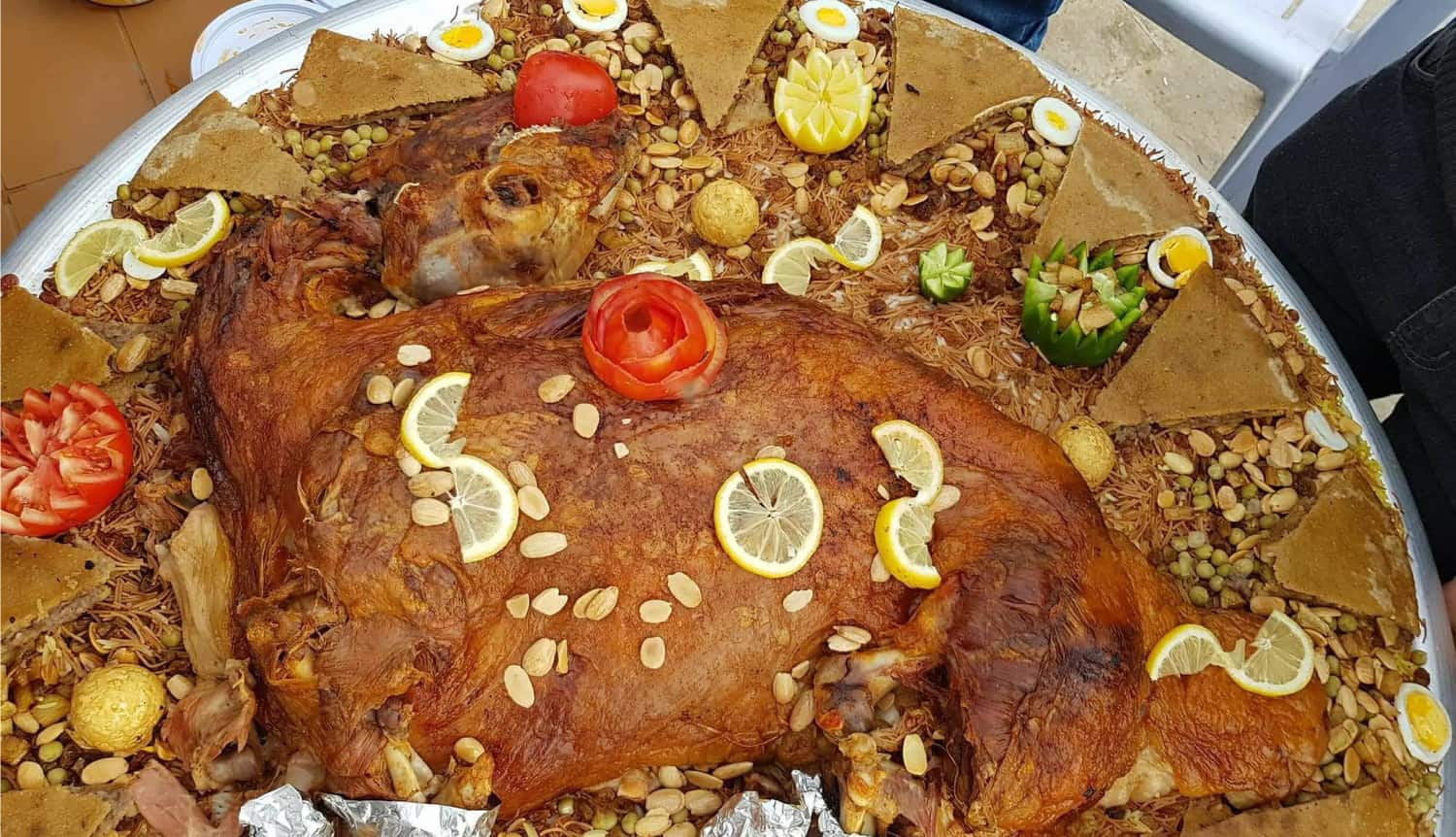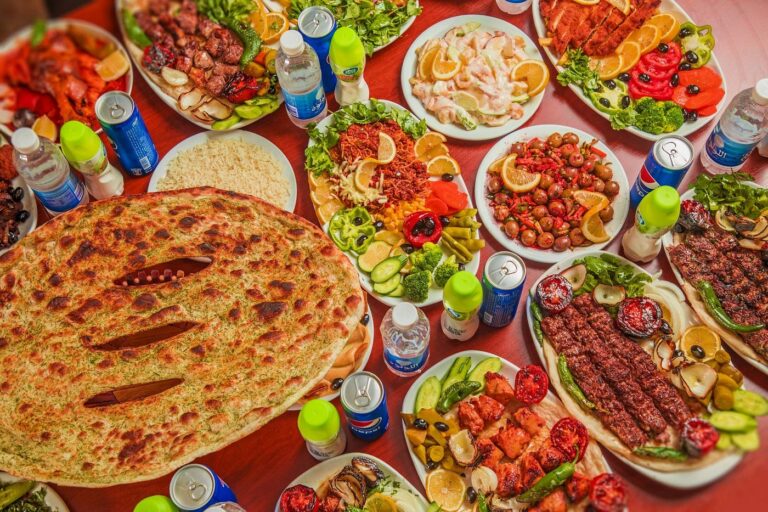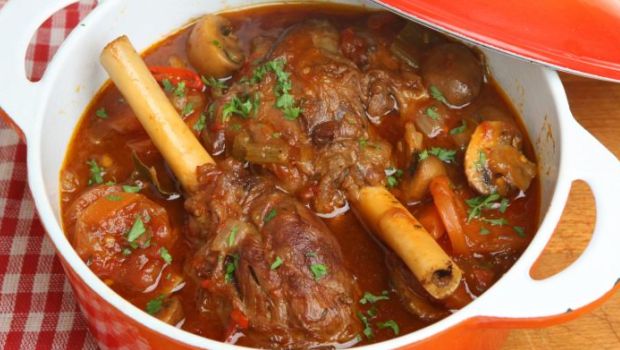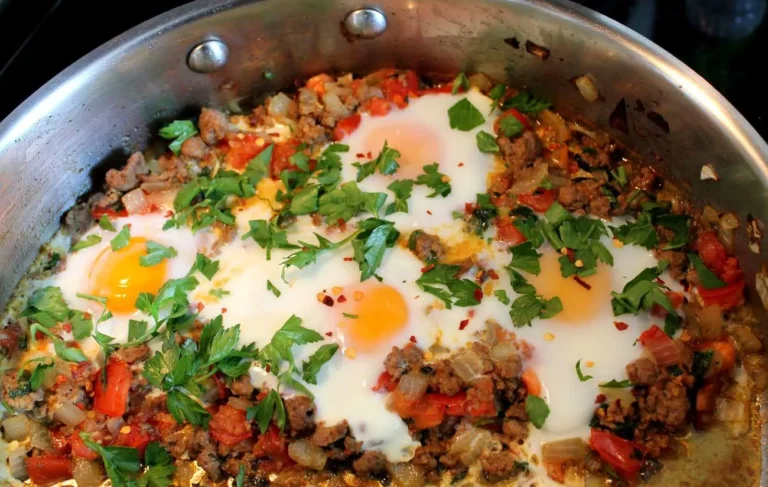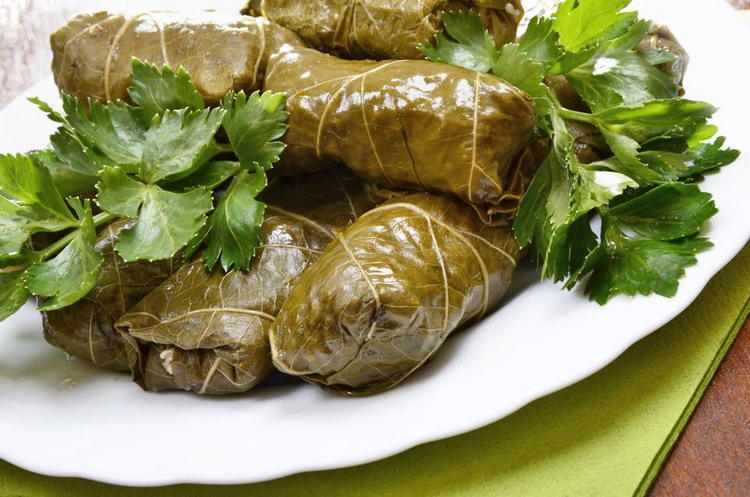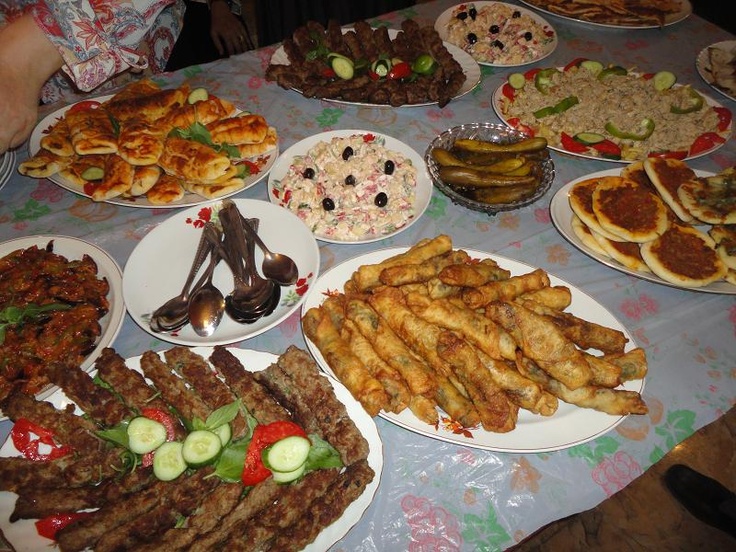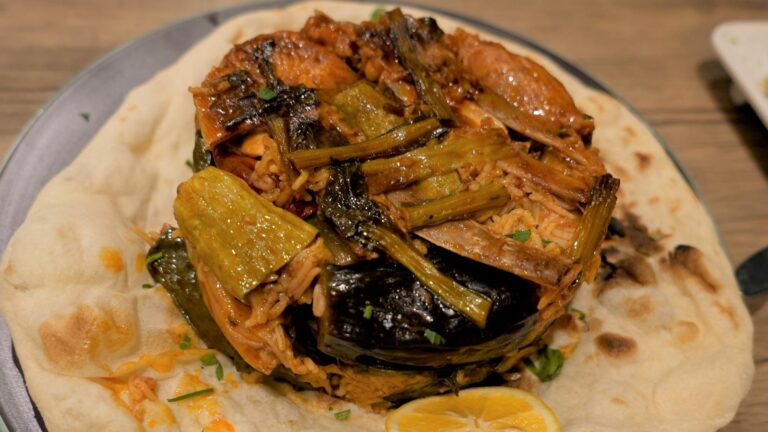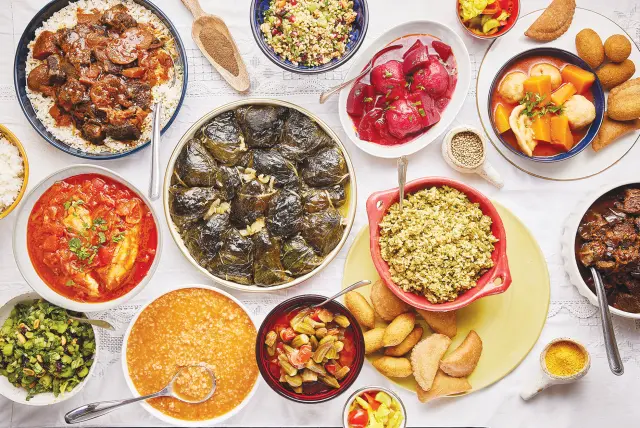Iraqi cuisine: An overview
Iraqi cuisine is a blend of several cultures, including Persian, Turkish, and Arab. The food is hearty, rich, and flavorful, with a wide variety of spices, herbs, and ingredients used to create unique dishes. Iraqi cuisine is known for its use of meat, rice, vegetables, and legumes, and several signature dishes are popular throughout the country, including biryani, kababs, and dolma.
A sweet ending: Desserts in Iraqi cuisine
Iraqi cuisine is not only famous for its savory dishes, but also for its sweet delicacies. Desserts in Iraqi cuisine are usually made with sugar, honey, nuts, and fruits. Some of the most popular desserts include baklava, kunafa, and qatayef. Baklava is a sweet pastry made of layers of phyllo dough filled with nuts and sweetened with honey or syrup. Kunafa is another pastry made of shredded phyllo dough layered with cheese and baked until golden brown. Qatayef is a pastry filled with sweetened cream or nuts and fried or baked until crispy.
The influence of different cultures on Iraqi sweets
Iraqi sweets have been influenced by several cultures, including Persian, Ottoman, and Arab. The use of nuts, honey, and fruits in desserts can be traced back to ancient Persia. The Ottoman Empire introduced the use of phyllo dough in sweets, which is evident in the popular Iraqi desserts such as baklava and kunafa. The Arab influence can be seen in the use of rose water, orange blossom water, and mastic gum in desserts.
Iraqi cookies and pastries: A treat for every occasion
Iraqi cookies and pastries are a treat for every occasion. Some of the most popular cookies include ghraybeh, which is a buttery cookie with a delicate flavor, and kleicha, a cookie filled with dates or nuts. Iraqi pastries are also loved by many, such as samoon, a round and fluffy bread, and fatayer, a triangular pastry filled with spinach, cheese, or meat.
Unique Iraqi desserts that you must try
There are several unique Iraqi desserts that are a must-try for anyone interested in Iraqi cuisine. One such dessert is halawet el jibn, a sweet cheese dessert filled with clotted cream and drizzled with syrup and pistachios. Another unique dessert is balooza, which is a pudding made of cornstarch, milk, and sugar and flavored with rose water and orange blossom water. Lastly, zlebia is a deep-fried dough that is drizzled with honey syrup and sprinkled with sesame seeds.
Sweet soups and drinks: A delightful surprise in Iraqi cuisine
Iraqi cuisine also has several sweet soups and drinks that are a delightful surprise. One such drink is sharbat, a sweet and refreshing drink made of fruit syrup, water, and ice. Another popular drink is Iraqi tea, which is a sweet and spiced tea that is usually served with dates. Additionally, there is hareesa, a sweet porridge made of wheat, milk, and sugar, which is often served during Ramadan.
In conclusion, Iraqi cuisine has a lot to offer in terms of sweet delicacies, from its famous baklava to its unique zlebia. The desserts are a reflection of the cultural influences that have shaped Iraqi cuisine over the years. Whether you have a sweet tooth or not, trying the desserts and sweets in Iraqi cuisine is a must for anyone who wants to experience the full range of flavors that this rich cuisine has to offer.


